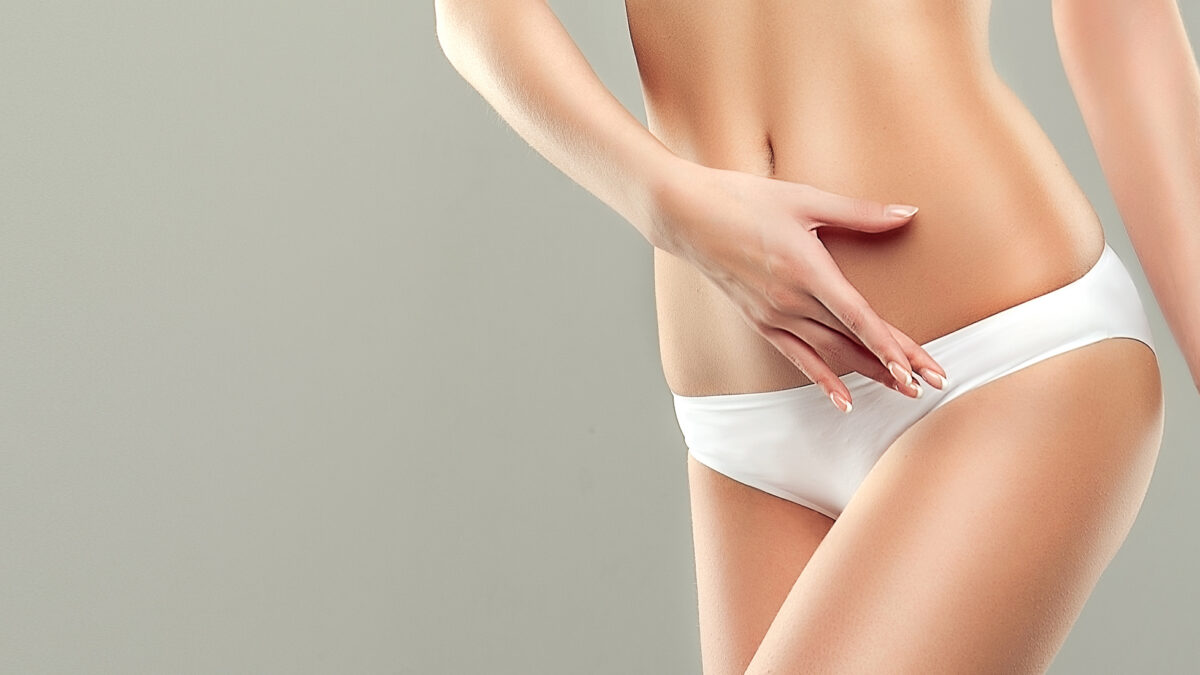Introduction:
In the realm of aesthetic surgery, Hoodplasty has gained prominence as a transformative procedure, providing individuals with the opportunity to enhance their facial features and boost self-confidence. This comprehensive guide explores the ideal process of Hoodplasty surgery, emphasizing safety measures and the importance of precise measurements for optimal outcomes.
Understanding Hoodplasty:
Hoodplasty, also known as upper blepharoplasty, focuses on rejuvenating the upper eyelid region by removing excess skin and correcting sagging. This procedure aims to create a more youthful and alert appearance, addressing concerns related to hooded eyelids.
The Surgical Procedure
1. Consultation and Assessment
Before undergoing Hoodplasty, a thorough consultation with a qualified plastic surgeon is imperative. During this stage, the surgeon assesses the patient's medical history, discusses expectations, and evaluates the feasibility of the procedure based on individual anatomy.
2. Anesthesia Administration
Hoodplasty is typically performed under local anesthesia with sedation. This ensures the patient's comfort throughout the procedure while allowing the surgeon to maintain precise control.
3. Incision and Tissue Removal
The surgeon strategically places incisions within the natural creases of the upper eyelid to minimize visible scarring. Excess skin and, if necessary, underlying fat deposits are delicately removed to achieve a harmonious and natural-looking result.
4. Closure and Recovery
Following tissue removal, meticulous closure of incisions is vital. Patients are then guided through the post-operative care routine, which includes managing swelling and bruising. A detailed recovery plan is provided to optimize healing and minimize downtime.
Safety Precautions:
1. Qualified Surgeon Selection:
Choosing a board-certified and experienced plastic surgeon is paramount for a safe Hoodplasty experience. Verify credentials, view before-and-after photos, and seek referrals to ensure expertise in facial aesthetic procedures.
2. Comprehensive Preoperative Assessment:
Thorough preoperative evaluations, including medical history and potential contraindications, help identify any underlying health concerns that might impact surgery. This aids in personalized planning for a safer procedure.
3. Infection Prevention:
Maintaining a sterile surgical environment is critical. Surgeons adhere to strict infection control protocols, minimizing the risk of postoperative complications.
Precise Measurements for Optimal Results:
1. Customized Surgical Planning:
Every Hoodplasty procedure is unique, demanding a customized approach based on individual facial anatomy. Precise measurements are taken to determine the amount of skin and fat to be removed, ensuring a tailored outcome.
2. Symmetry Considerations:
Achieving facial symmetry is a key goal in Hoodplasty. Accurate measurements and meticulous execution contribute to balanced results, enhancing the overall aesthetic appeal.
Conclusion:
In conclusion, the ideal process of Hoodplasty in Dubai surgery involves a meticulous approach from consultation to postoperative care. Safety precautions, including surgeon selection and infection prevention, play a pivotal role in ensuring a secure procedure. Precise measurements, tailored to individual anatomy, contribute to optimal results, emphasizing the importance of a qualified surgeon and personalized surgical planning. By adhering to these principles, individuals can embark on their Hoodplasty journey with confidence, achieving the desired aesthetic enhancements.






Comments